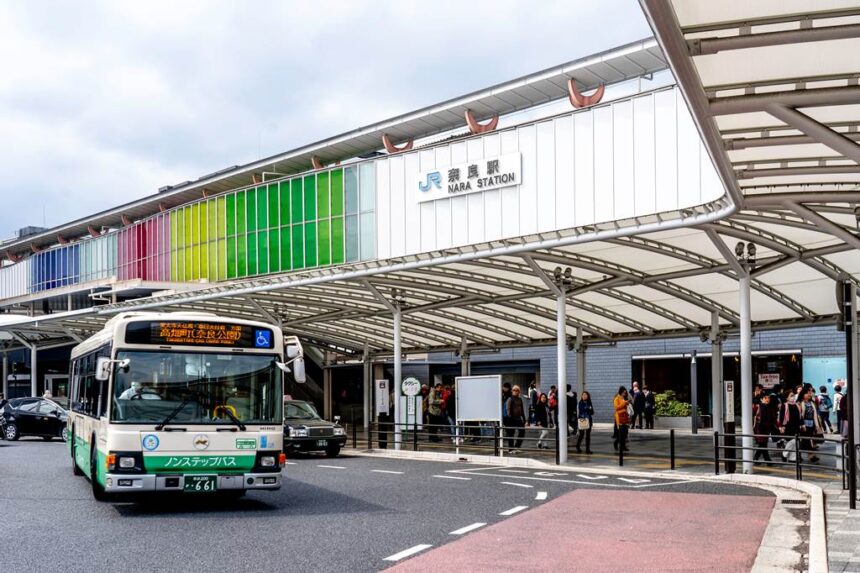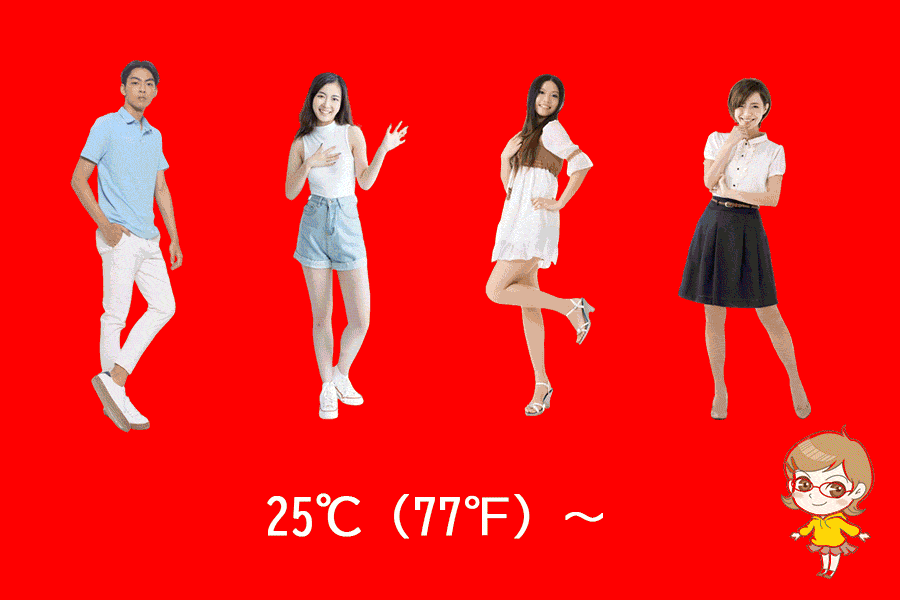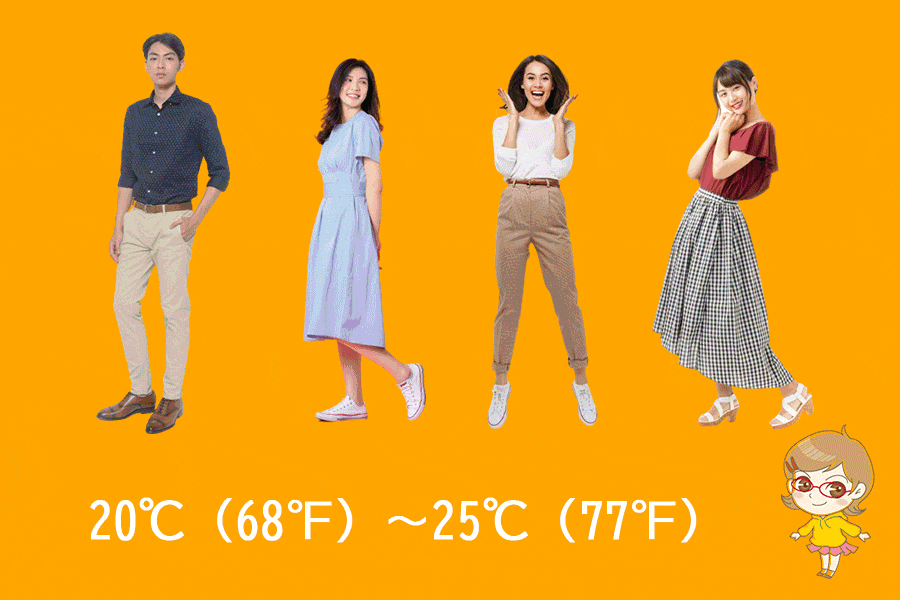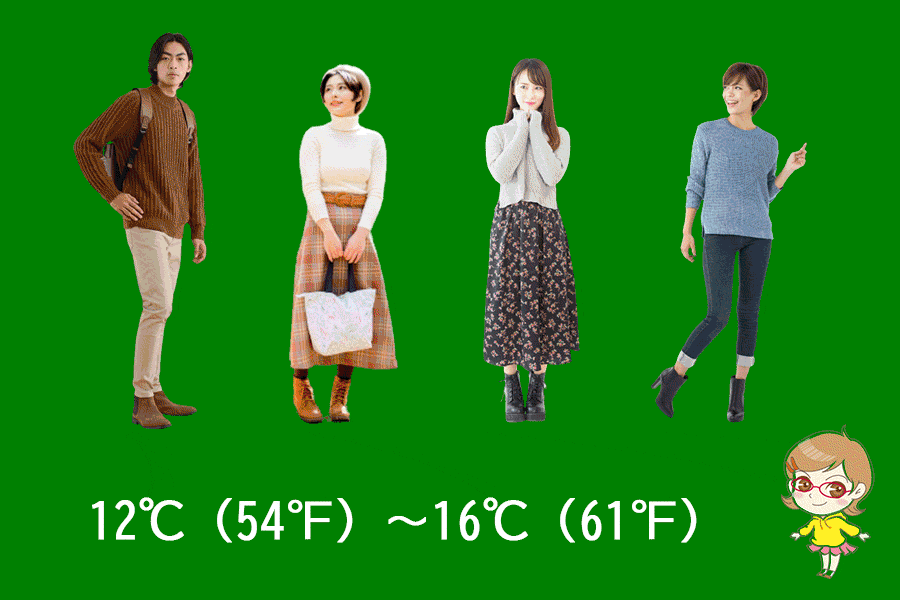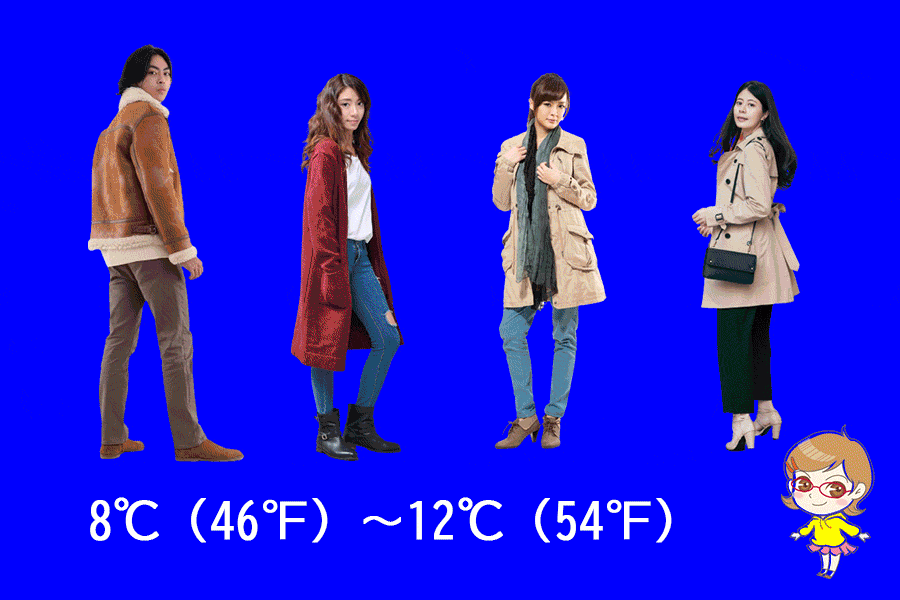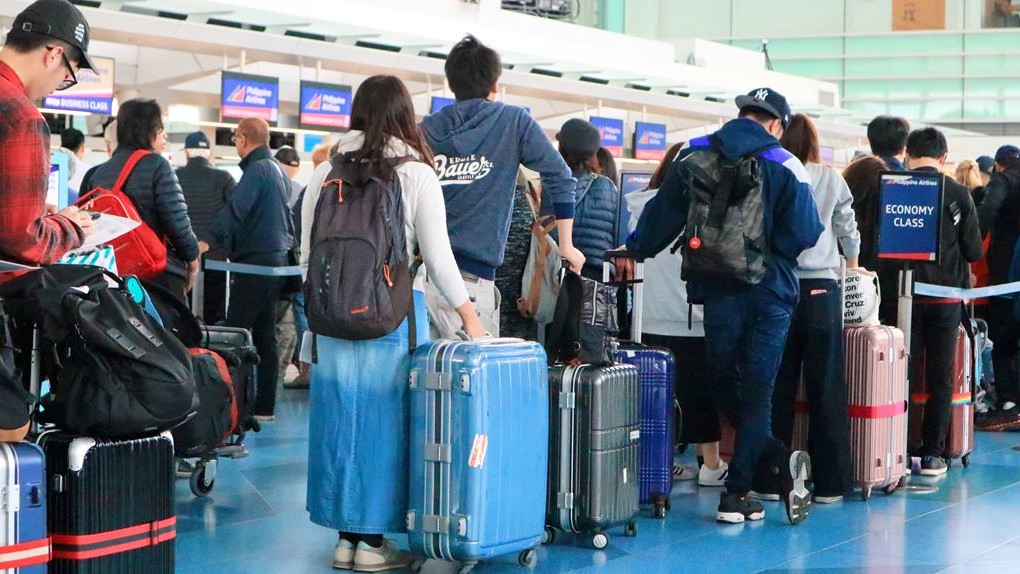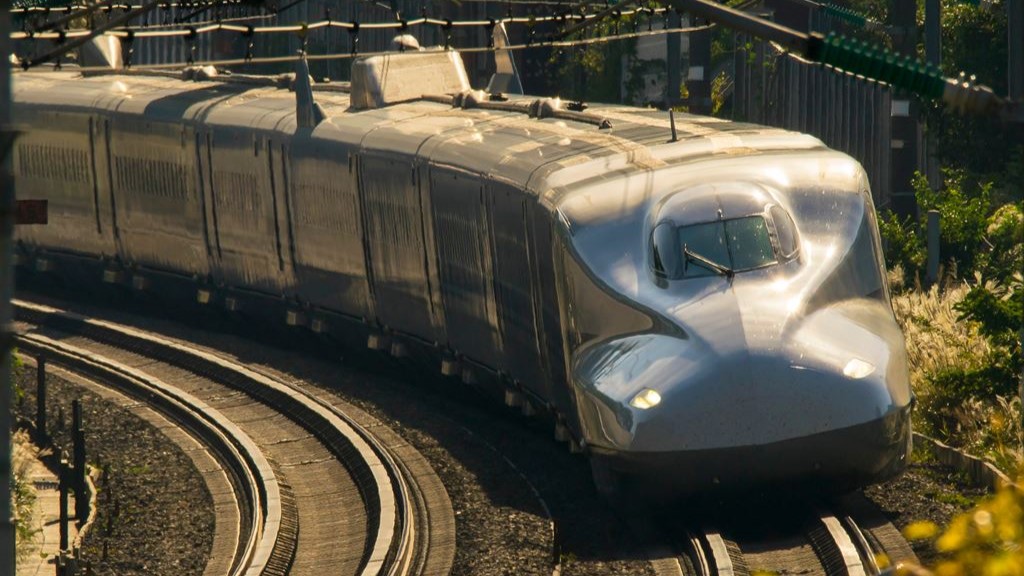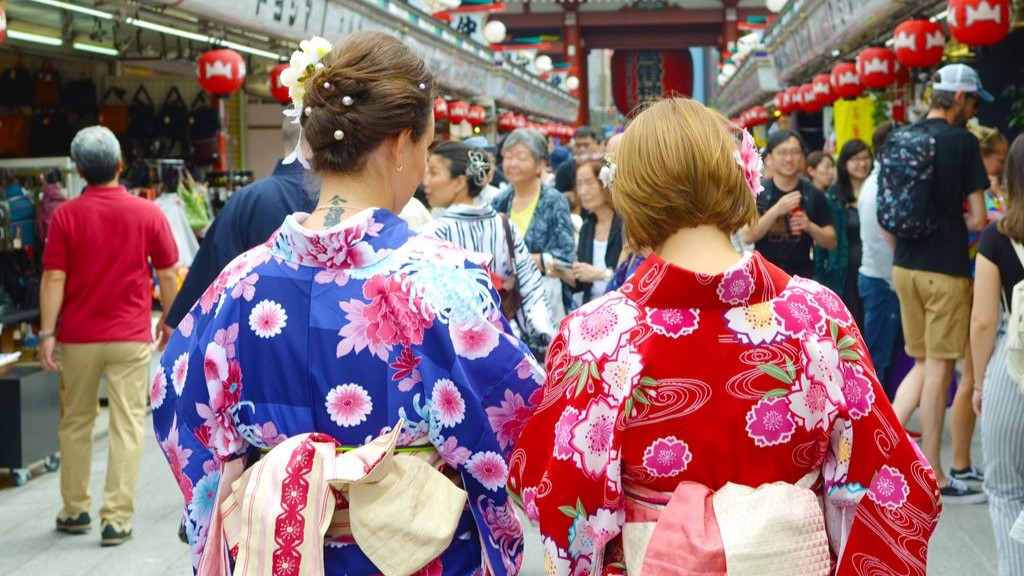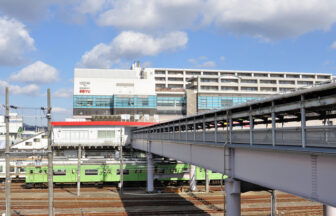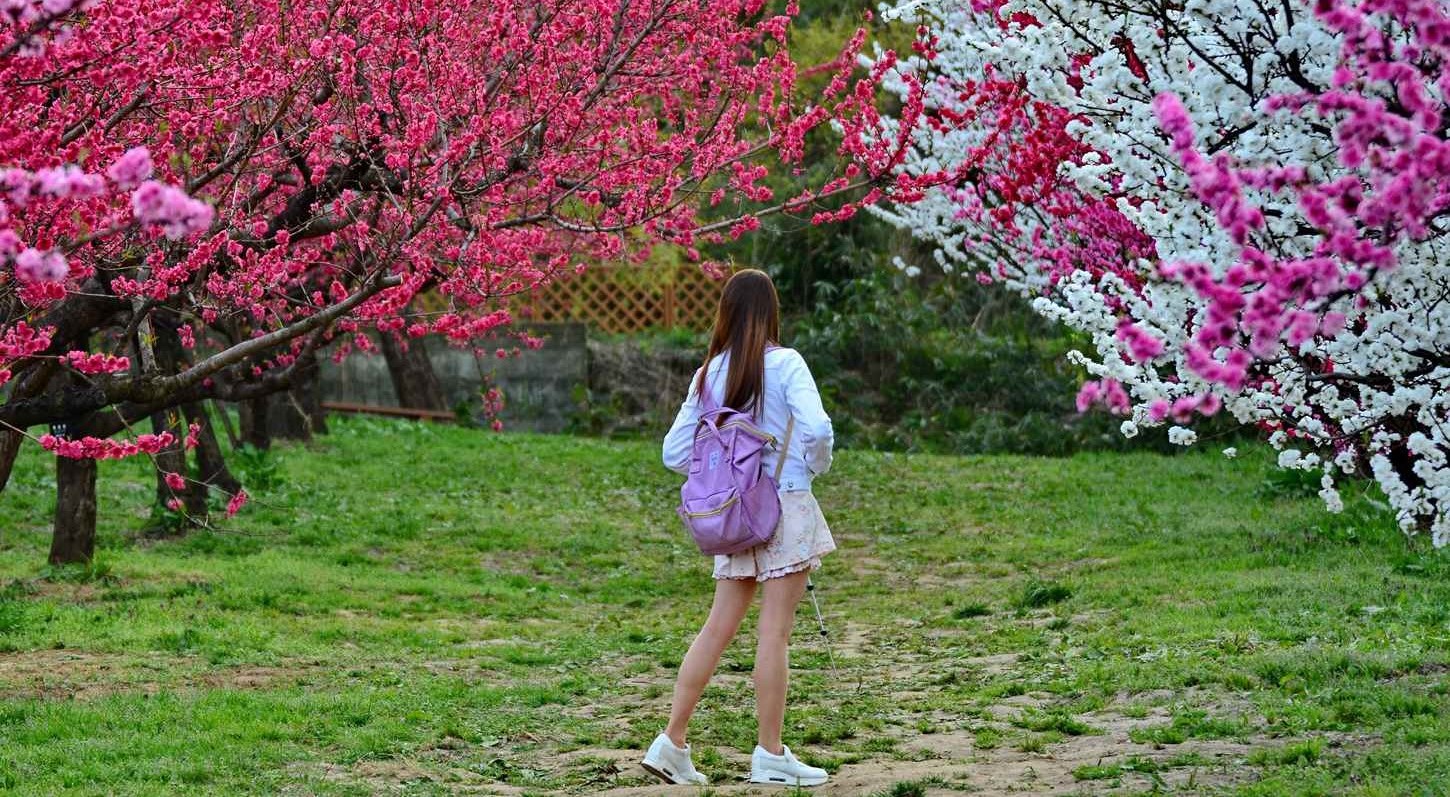↓ Click to jump to the relevant section.
| Current Weather | Annual Weather | Tourist Attractions |
| Baggage Deposit | Hotels |
Current weather and clothing

The weather information shown here is the information closest to the station in question. Please note that there may be slight differences.
Yearly temperature changes and recommended clothing
Clothing recommendations for each temperature range
When traveling in Japan with the following average temperatures, the recommended clothing is as follows:
Monthly changes in temperature, precipitation, and snowfall (1991~2020 average, Japan Meteorological Agency survey)
| Jan. | Feb. | Mar. | Apr. | May | Jun. | Jul. | Aug. | Sep. | Oct. | Nov. | Dec. | |
| temperature(°C) | 4.2 | 4.7 | 8.0 | 13.5 | 18.5 | 22.2 | 26.2 | 27.3 | 23.2 | 17.2 | 11.4 | 6.4 |
| precipitation(mm) | 52.4 | 63.1 | 105.1 | 98.9 | 138.5 | 184.1 | 173.5 | 127.9 | 159.0 | 134.7 | 71.2 | 56.8 |
| snowfall(cm) | 1 | 3 | 0 | — | — | — | — | — | — | — | 0 | 5 |
Winter
December
December in Nara city has an average temperature of 6.4°C and an average precipitation of 56.8 mm. The highest temperature is 11.4°C, and the lowest is 2.2°C. The average wind speed is 1.5 m/s and the average sunshine is 114.5 hours. December is generally a cold month, with below-freezing temperatures, and it is recommended to bring a heavy coat, hat, gloves and warm boots. For women, it is advisable to bring scarves and thick leggings, while for men, it is recommended to bring thermal underwear and heavy jackets.
January
January in Nara is characterized by an average temperature of 4.2 degrees Celsius and a precipitation amount of 52.4 mm. The average high temperature is 9.0 degrees Celsius and the average low temperature is 0.1 degrees Celsius. The average wind speed is 1.7 meters per second and there are 115.2 hours of sunshine. The total depth of snow is 1 cm.
For visitors from abroad, it is recommended to wear a warm coat, scarf, and gloves, as well as waterproof shoes, as it may snow. For men, it is recommended to wear long-sleeved shirts, pants, and a hat, and for women, a warm sweater, skirt, and boots are recommended.
February
February in Nara has an average temperature of 4.7 degrees Celsius and a precipitation amount of 63.1 mm. The average high temperature is 10.0 degrees Celsius and the average low temperature is 0.1 degrees Celsius. The average wind speed is 1.7 meters per second and there are 97.5 hours of sunshine. The total depth of snow is 0 cm.
For visitors from abroad, it is recommended to wear a warm coat, scarf, and gloves, as well as waterproof shoes, as it may snow. For men, it is recommended to wear long-sleeved shirts, pants, and a hat, and for women, a warm sweater, skirt, and boots are recommended.
Spring
March
The weather in Nara in March typically has an average temperature of 8.0°C and a rainfall of 105.1 mm. Despite the rainfall, there are still some sunny days with a total of 156.4 hours of sunshine. The daily high temperature can reach 14.0°C while the low can drop to 2.7°C. The average wind speed is 1.8 m/s. No snowfall is expected during this month.
For visitors, it’s recommended to bring a light jacket or a sweater as the temperature can still be quite cool, especially in the early mornings and late evenings. A waterproof jacket may also come in handy with the expected rainfall.
April
In April, Nara has an average temperature of 13.5°C and a rainfall of 98.9 mm. The daily high temperature can reach 20.0°C while the low can drop to 7.7°C. The average wind speed is 1.7 m/s. Again, no snowfall is expected during this month.
For visitors, it’s recommended to bring a light jacket or a sweater for the early mornings and late evenings. A T-shirt or a shirt may also be worn during the day when the temperature is warmer. As usual, a waterproof jacket is recommended for the expected rainfall. For both men and women, it’s recommended to wear comfortable and breathable clothing with layers, as the temperature can change throughout the day.
May
May in Nara is characterized by a moderate average temperature of 18.5°C and a total precipitation of 138.5mm. The highest temperature of the day can reach 24.7°C while the lowest temperature is around 13.0°C. The average wind speed is 1.5m/s, and the total amount of daylight hours is 189.5 hours.
For tourists visiting Nara in May, it is recommended to bring light jackets or sweaters for cooler mornings and evenings, as well as an umbrella or raincoat to prepare for potential rain.
Summer
June
June in Nara is marked by a higher average temperature of 22.2°C and an increased total precipitation of 184.1mm, which is due to the rainy season. The highest temperature of the day can reach 27.4°C while the lowest temperature is around 17.9°C, with an average wind speed of 1.8m/s and a total of 174.9 hours of daylight.
Tourists visiting Nara in June should prepare for the rainy season and bring a raincoat or umbrella, as well as lightweight and breathable clothing such as t-shirts and shorts. It is also important to note that the rain can sometimes be heavy, so waterproof footwear is also recommended.
For male tourists, lightweight and breathable clothing such as t-shirts and shorts are recommended, along with a raincoat or umbrella and waterproof footwear. For female tourists, lightweight dresses or skirts, along with a raincoat or umbrella, and waterproof footwear are recommended.
July
In July in Nara, the average temperature is 26.2 degrees Celsius with a high of 31.3 and a low of 22.2. The average rainfall is 173.5 mm, and the average wind speed is 1.4 m/s. The total amount of sunshine is 158.8 hours. Visitors should be prepared for the hot and humid weather, and take precautions against heatstroke such as staying hydrated and avoiding prolonged exposure to the sun. Light and airy clothing is recommended, along with a hat and sunglasses for protection from the sun. For men, shorts and light t-shirts are appropriate, and for women, sundresses and skirts are a good option.
August
In August in Nara, the average temperature is 27.3 degrees Celsius with a high of 33.0 and a low of 23.0. The average rainfall is 127.9 mm, and the average wind speed is 1.3 m/s. The total amount of sunshine is 158.8 hours. Visitors should continue to be prepared for hot weather and take precautions against heatstroke. Light and airy clothing is still recommended, along with a hat and sunglasses for protection from the sun. For men, shorts and light t-shirts are appropriate, and for women, sundresses and skirts are a good option.
Autumn
September
In September, Nara experiences an average temperature of 23.2°C and receives 159.0 mm of precipitation. With high temperatures reaching 28.5°C and low temperatures reaching 19.1°C, visitors are advised to wear light and breathable clothing. Keep in mind that September is a time of high typhoon activity, so it’s important to stay informed of weather conditions and take necessary precautions.
Men should consider bringing a t-shirt and pants, as well as a light jacket or sweater for the cooler evenings. Women can wear dresses or skirts with a cardigan or jacket, along with comfortable shoes for walking.
October
In October, Nara’s average temperature drops to 17.2°C and 134.7 mm of precipitation falls. With high temperatures reaching 22.6°C and low temperatures reaching 12.8°C, visitors should bring a light jacket or sweater. Average wind speed is 1.4 m/s, so be sure to bring a hat or scarf to protect your hair and ears. Men should consider bringing a t-shirt and pants, as well as a light jacket or sweater for the cooler evenings. Women can wear dresses or skirts with a cardigan or jacket, along with comfortable shoes for walking.
November
In November, the average temperature in Nara city is 11.4°C, with an average precipitation of 71.2 mm. The highest temperature is 16.8°C, while the lowest is 6.8°C. The average wind speed is 1.2 m/s, and the average sunshine is 135.1 hours. November is considered a mild month, with cool to warm temperatures, and it is recommended to bring a light jacket and sweater.
Recommended tourist destinations

Tōdai-ji Temple, Nara-shi, Japan
- Tōdai-ji Temple Address: 406-1 Zōshichō, Nara, Nara Prefecture 630-8211, Japan Highlights: One of the largest wooden buildings in the world and home to the Great Buddha Hall, which houses one of the largest bronze Buddha statues in Japan.
- Kasuga-taisha Shrine Address: 160 Kasuganochō, Nara, Nara Prefecture 630-0114, Japan Highlights: A Shinto shrine surrounded by thousands of stone and bronze lanterns, known for its beautiful wisteria trellis and stunning main hall.
- Nara Park Address: Nara, Nara Prefecture 630-0002, Japan Highlights: A large park where visitors can interact with free-roaming Sika deer, considered messengers of the gods in Shinto religion.
- Yakushi-ji Temple Address: 1-1-1 Hōryūji, Ikaruga, Ikoma District, Nara Prefecture 636-0115, Japan Highlights: A Buddhist temple complex with beautiful architectural details, including a five-story pagoda and a golden hall.
- Hōryū-ji Temple Address: 1-1 Hōryūji Sannai, Ikaruga, Ikoma District, Nara Prefecture 636-0116, Japan Highlights: One of the oldest wooden buildings in the world and an important center of Buddhist culture and learning, known for its intricate carvings and paintings.
- Naramachi Address: Nara, Nara Prefecture, Japan Highlights: A traditional Japanese neighborhood with well-preserved merchant houses and streetscapes, offering a glimpse into the city’s past.
- Nara National Museum Address: 50 Yoshinocho, Nara, Nara Prefecture 630-8213, Japan Highlights: A museum showcasing treasures from Nara’s rich history, including Buddhist art and artifacts from Tōdai-ji Temple and other local temples and shrines.
- Sarusawa Pond Address: 1-3-1 Nijō, Nara, Nara Prefecture 630-8208, Japan Highlights: A tranquil pond surrounded by greenery, located in the heart of Nara City and offering lovely views of Tōdai-ji Temple.
- Heijō Palace Site Address: 1-1 Ōkurumamichi, Nara, Nara Prefecture 630-8213, Japan Highlights: The ruins of the former imperial palace of Nara, offering a glimpse into the city’s former splendor and political importance.
- Gango-ji Temple Address: 10-1 Naramachi, Nara, Nara Prefecture 630-8232, Japan Highlights: A historic temple complex with a beautiful five-story pagoda, known for its ancient treasures and cultural significance.
Where to leave your luggage
There are only three coin lockers at Nara Station. If there are no coin lockers available, we recommend that you use the luggage storage service in the tourist information center.
(1) Near the 2nd floor ticket gate: Exit the ticket gate on the 2nd floor and go to the left side to find the Nara Kotsu Bus Information Center. Coin lockers are located near the stairs near there.
2) Near the escalator on the 1st floor: Across from the coin lockers on the 2nd floor is an escalator, and coin lockers can be found on the right side as soon as you take the escalator down to the 1st floor.
3) Commercial facility “Viera Nara”: A commercial facility called “Viera Nara” is attached to Nara Station, and coin lockers can be found in “Gochiso Komachi” on the first floor.
Next to JR Nara Station is the former Nara Station building, which is now the Nara City General Tourist Information Center.
In addition to hotel arrangements and transportation information, baggage storage service is also available. It is open from 9:00 to 19:00.
Recommended hotels and inns
Hotel Nikko Nara
8-1 Sanjo Hommachi, Nara 630-8122 Nara Prefecture
2-minutes walk from Nara Station
Hotel class: 4
Hotel style: Business , Centrally Located
Check Rates & Availability:
>> See on Tripadvisor
>> See on Trip.com
>> See on Expedia
Noborioji Hotel Nara
40-1 Noboriojicho, Nara 630-8213 Nara Prefecture
14-minutes walk from Nara Station
Hotel class: 4
Hotel style: Romantic , Centrally Located
Check Rates & Availability:
>> See on Tripadvisor
>> See on Trip.com
>> See on Expedia
Nara Hotel
1096 Takabatake-cho, Nara 630-8301 Nara Prefecture
18-minutes walk from Nara Station
Hotel class: 4
Hotel style: Park View , Quiet
Check Rates & Availability:
>> See on Tripadvisor
>> See on Trip.com
>> See on Expedia
Super Hotel Lohas JR Nara Eki
1-2 Sanjohommachi, Nara 630-8122 Nara Prefecture
1-minute walk from Nara Station
Hotel class: 3
Hotel style: Modern , Quiet
Check Rates & Availability:
>> See on Tripadvisor
>> See on Trip.com
>> See on Expedia
Smile Hotel Nara
4-21 Sanjohommachi, Nara 630-8122 Nara Prefecture
2-minutes walk from Nara Station
Hotel class: 3
Hotel style: Business , Centrally Located
Check Rates & Availability:
>> See on Tripadvisor
>> See on Trip.com
>> See on Expedia
Onyado Nono Nara
1-1-6 Omiyacho, Nara 630-8115 Nara Prefecture
3-minutes walk from Nara Station
Hotel class: 3
Hotel style: Family , Charming
Check Rates & Availability:
>> See on Tripadvisor
>> See on Trip.com
>> See on Expedia
Kasuga Hotel
40 Noboriojicho, Nara 630-8213 Nara Prefecture
14-minutes walk from Nara Station
Hotel class: 3
Hotel style: Business , Charming
Check Rates & Availability:
>> See on Tripadvisor
>> See on Trip.com
>> See on Expedia
JW Marriott Hotel Nara
1-1-1 Sanjo-oji, Nara 630-8013 Nara Prefecture
17-minutes walk from Nara Station
Hotel class: 3
Hotel style: Luxury , Charming
Check Rates & Availability:
>> See on Tripadvisor
>> See on Trip.com
>> See on Expedia
Nara Royal Hotel
254-1 Hokkejicho, Nara 630-8001 Nara Prefecture
19-minutes walk from Nara Station
Hotel class: 3
Hotel style: Business
Check Rates & Availability:
>> See on Tripadvisor
>> See on Trip.com
>> See on Expedia
Mikasa
728-10 Kawakamicho, Nara 630-8202 Nara Prefecture
1.9mi/3.1km from Nara Station
Hotel class: 3
Hotel style: Mountain View , Great View
Check Rates & Availability:
>> See on Tripadvisor
>> See on Trip.com
>> See on Expedia
We support your itinerary planning!
Click the button to get an overview of hotel information and popular tourist routes from all over Japan featured on our site. We’ve included comprehensive details to aid in planning your trip, so please make use of it.
Comprehensive checklist before traveling to Japan
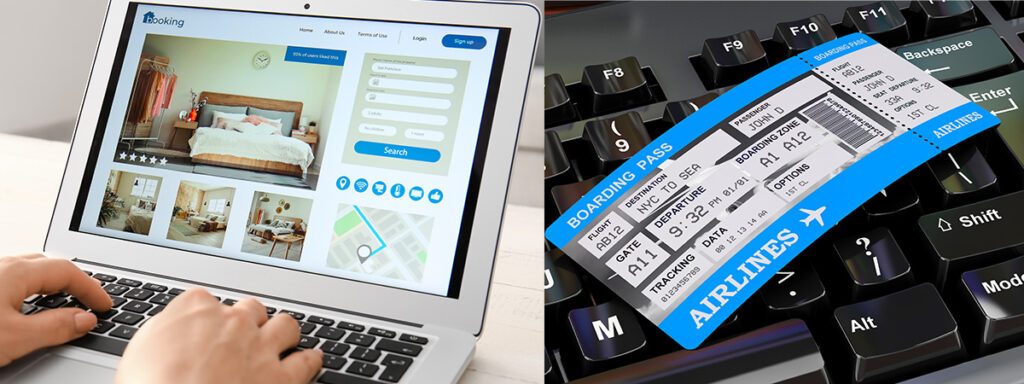
Book flights
Compare and purchase flight tickets
When planning your trip to Japan, it's advisable to start by researching flights several months in advance. Airlines often release promotional fares, especially during off-peak seasons. Use comparison sites like Skyscanner or KAYAK to get a sense of the price range. Be flexible with your travel dates if possible; flying mid-week might be cheaper than on weekends.
>> Visit Skyscanner's official website
>> Visit KAYAK's official website
Order Japan Rail Passes for each family member
Purchase your Japan Rail Pass before departure
The Japan Rail (JR) Pass offers unlimited travel on JR trains, making it a cost-effective option for tourists. However, it's only available to foreign tourists and must be purchased *before* you arrive in Japan. Determine the areas you plan to visit; if you're traveling extensively, a nationwide pass is beneficial, but if you're only exploring a specific region, consider regional JR passes. Children under 12 get a discounted pass, so ensure you order the correct type for each family member.
>>Visit Japan Rail Pass's website
Plan your attire for Japan
Check the weather at your destination on this site
Japanese weather varies significantly by season. In summer, it's hot and humid, so breathable clothes are essential. Winters, especially in the north, can be cold, requiring warm attire. If visiting during the rainy season (June to early July), pack a good umbrella and waterproof shoes. While Japan is generally casual, certain places like temples, shrines, or upscale restaurants may require modest and neat dressing.
Reserve a pocket Wi-Fi or SIM card

SIM card or pocket Wi-Fi is required
Beyond clothes, consider packing essentials like a universal power adapter (Japan uses Type A and B sockets), portable Wi-Fi or SIM card for internet access, and any necessary medications (with a copy of the prescription).
Which is better: a SIM card or pocket Wi-Fi?
When traveling in Japan, one essential to consider is securing internet access, especially given that many locations still don't offer free Wi-Fi. To ensure you can use your smartphone throughout your trip, you'll typically have three options: (1) a SIM card, (2) pocket Wi-Fi, or (3) the roaming service provided by your mobile company. Roaming services can be quite expensive, so we often recommend using a SIM card or pocket Wi-Fi. While SIM cards tend to be more affordable than pocket Wi-Fi, they can be trickier to set up. Pocket Wi-Fi, on the other hand, can be shared among several users, making it a favorable choice for families or groups.
▼SIM card
Advantages:
Relatively affordable.
Disadvantages:
Can be time-consuming to set up initially.
May have strict data limits.
▼Pocket Wi-Fi
Advantages:
Offers substantial data allowances.
A single device can be shared among multiple users.
Easily usable with PCs as well.
Disadvantages:
Typically more expensive.
Japan's representative services

Sakura Mobile's website
▼SIM card
>>Visit Sakura Mobile's official website
>>Visit mobal's official website
▼pocket Wi-Fi
>>Visit Sakura Mobile's official website
>>Visit NINJA WiFi's official website
>>Visit Wi-Fi RENTAL Store's official website
Book local tours as needed
Pre-book your tour and have a great trip!
Local tours offer deep insights into Japan's culture and heritage. Websites like Viator or GetYourGuide offer a variety of tours, from traditional tea ceremonies to modern pop culture tours in Akihabara. Consider unique experiences like staying with monks on Mt. Koya or taking a cooking class to learn authentic Japanese dishes.
>>Visit Viator's official website
>>Visit GetYourGuide's official website
Purchase advance tickets for popular attractions
Make a reservation to avoid crowds
Attractions like Tokyo Disneyland, Universal Studios Japan, or the Studio Ghibli Museum often have long ticket queues. Buy tickets online in advance to save time. Some attractions also have timed entry, so check the specific time slots available and plan accordingly.
▼Tokyo Disney Resort
>>Visit Tokyo Disney Resort official website
>>Visit Viator's Tokyo Disneyland page
>>Visit Viator's Tokyo DisneySea page
>>Visit GetYourGuide's Tokyo Disneyland page
>>Visit GetYourGuide's Tokyo DisneySea page
▼Universal Studios Japan
>>Visit USJ official website
>>Visit Viator's USJ page
>>Visit GetYourGuide's USJ page
Buy travel insurance

insurance concept, health, life and travel insurance
It is important to be prepared for emergencies
While Japan is a safe country, travel insurance is crucial for unforeseen events like health emergencies, travel disruptions, or lost baggage. Ensure your policy covers medical expenses in Japan, as healthcare, though excellent, can be expensive.
Here we introduce online travel insurance services that are popular worldwide.
World Nomads: An online travel insurance service widely endorsed by travelers worldwide. They offer plans that cover adventurous activities and high-risk sports.
>>Visit World Nomads' official website
AIG Travel Guard: An insurance service available to travelers all over the world. They offer a wide range of options, including cancellation protection and emergency medical insurance.
>>Visit AIG Travel Guard's official website
Share your itinerary with emergency contacts
Organize your reservation information
Keep a digital and printed copy of your detailed itinerary, including hotel addresses, train schedules, and booked tours. Share this with a trusted family member or friend not traveling with you.

